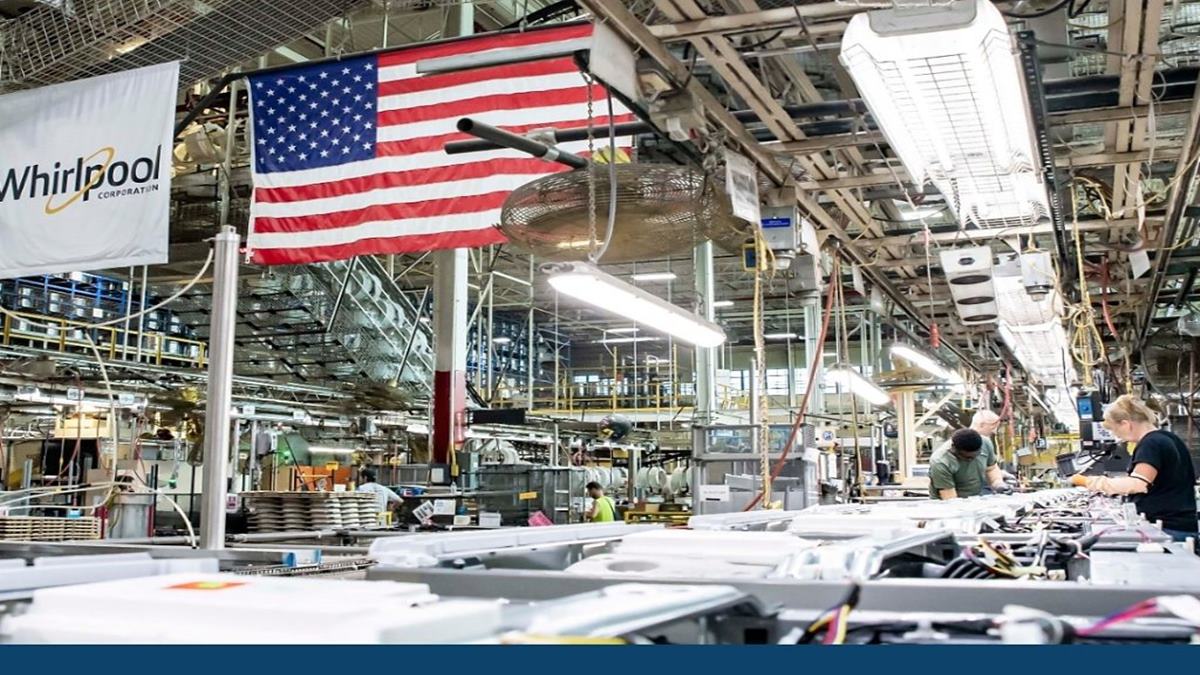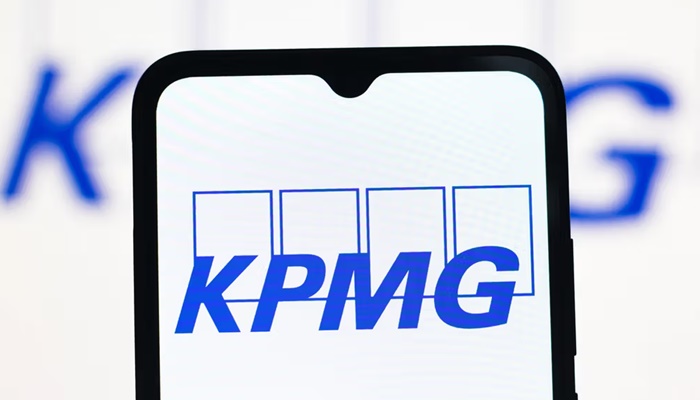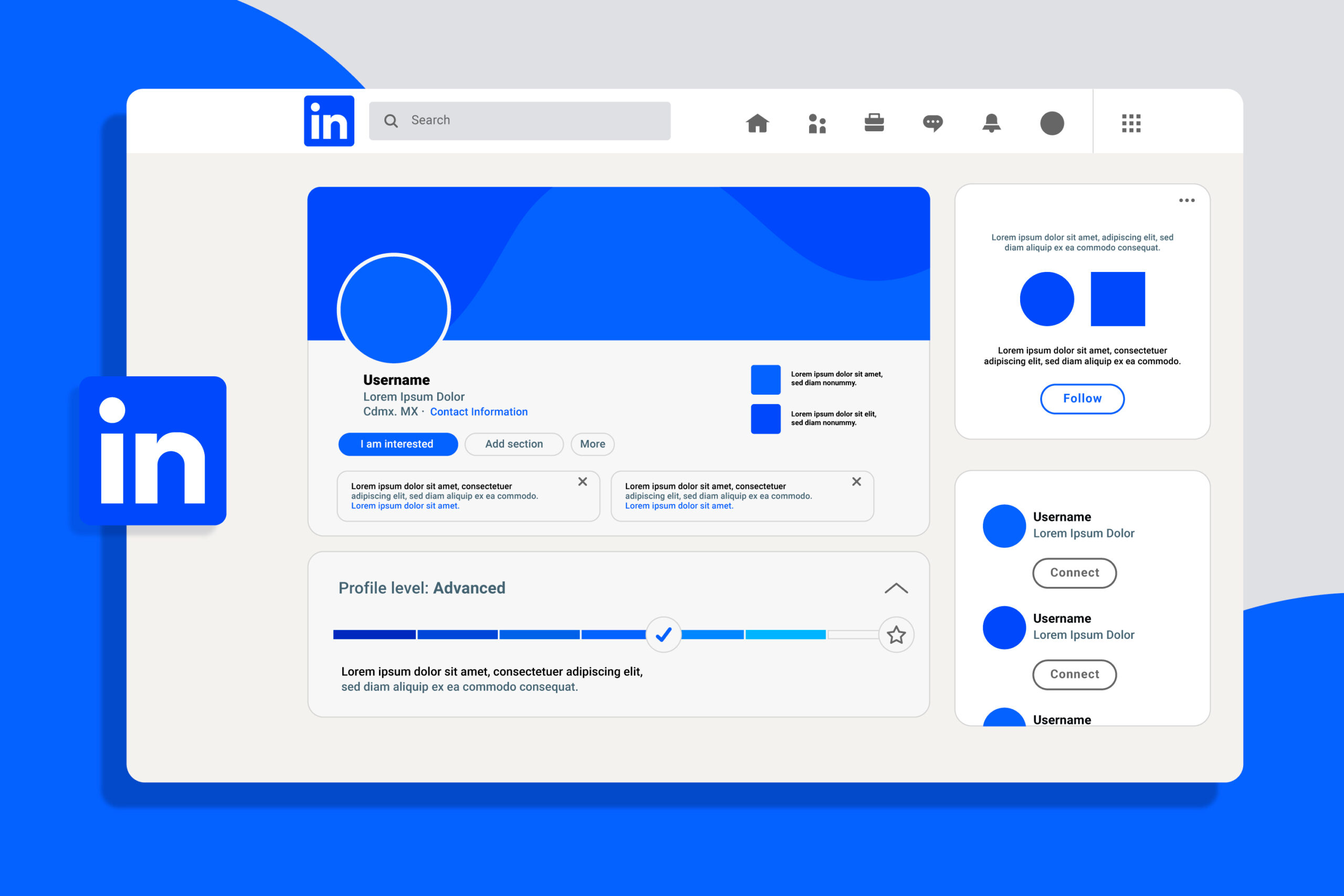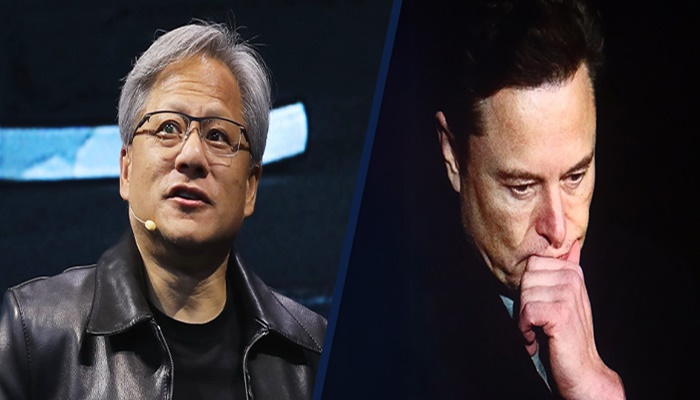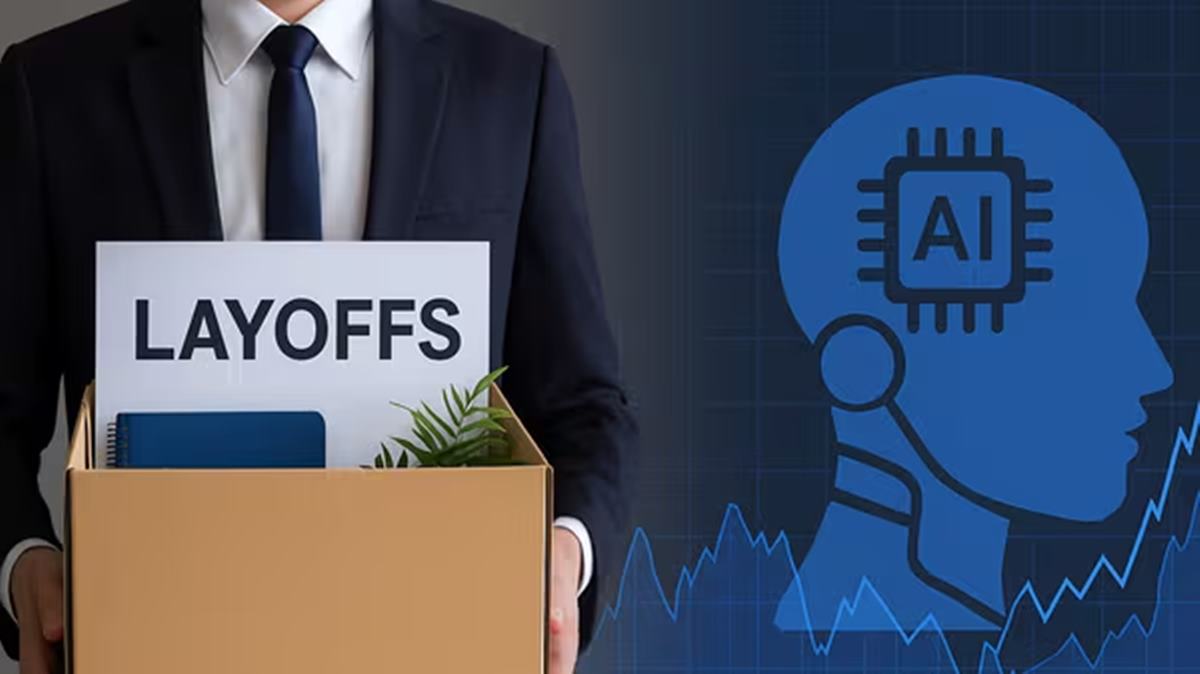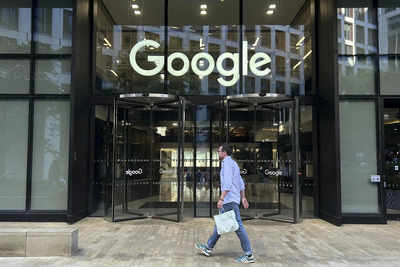There are many advantages to a four-day work week. We get more time with friends and family, more time to play and learn, less burnout, and happier employees. Who wouldn’t want it? Ironically, for decades, enterprises have resisted the four-day work week, believing that work compression would lead to greater burnout (controversial), customer service would be disrupted (true), collaboration would be difficult (maybe), and productivity would decline (debatable). These ideas are changing with the arrival of Generative and Agentic AI.
In 2022, after the world’s largest trial of a four-day work week involving 2,900 workers across 61 companies concluded, 86 per cent said they were likely to make the four-day work week arrangement permanent. A London-based software company, BrandPipe, recently reported remarkable revenue growth of 130 per cent after adopting a four-day work week. Now that AI has begun to ease work pressure, enterprises can start considering going the BrandPipe way with a shorter work week. This will also address the need for AI to be used beyond business innovation—and be used to help employees manage their time more efficiently and target that four-day work week.
I believe that a shorter work week is imminent. It will become the most important cultural shift in corporate history, driven by AI’s growth. Businesses already realise that more leisure, hobbies, and rest can produce positive returns on investment. Now they have AI to move the idea along.
The happy future of a four-day work week comes with a caveat. Employees must learn to use AI and be willing to change their work profiles and reassess their job relevance.
Here is why: Microsoft’s 2025 Work Trend Index, released earlier this April, shows that 82 per cent of leaders expect to leverage AI-driven solutions within the next 12 to 18 months. It is time to stop guessing or predicting and, instead, start knowing which jobs will remain relevant (and will enjoy the four-day work week).
Normally, job market and talent surveys help us in surfacing job trends. But traditional forecasting has its limitations. Organisations have quickly found that employee surveys lead to survey fatigue, decreasing participation rates, poor response quality, and skewed data.
In 2021, not so long ago, McKinsey studied what it called the “Golden Age” of employee surveys. It found that “the number one driver of survey fatigue was the perception that the organisation wouldn’t act on the results.” Expert consultation with human resource veterans also has its limitations of confirmation bias, an inordinate dependence on (outdated) historical data, and it fails to account for sudden disruptions (such as COVID-19 or tariffs). But the solutions to these challenges may not be too far.
Could we use AI-powered systems to change how we approach predictions about job relevance? Unlike traditional methods that provide snapshots, AI systems offer continuous and dynamic analysis. They can identify complex patterns, leverage multiple variables, and examine external factors to reach more precise and usable conclusions. Over time, this creates a compounding advantage, where the system becomes super sophisticated at predicting which roles will remain relevant and which skills will be in demand.
A World Economic Forum report in early January 2025 indicated that 40 per cent of employers expect to reduce their workforce where AI can automate tasks. It also says that 78 million net new jobs will be created by 2030. AI systems can parse such complex data, analysing which specific skills within declining roles remain valuable and identify emerging competencies that traditional surveys might miss.
AI’s capacity to work with real-time data perhaps represents the greatest leap humankind has taken regarding decision-making and forecasting the future with precision. What this tells me is simple: The market for real-time data in human resources and skilling functions is poised for massive growth. But here is why AI will become the #1 go-to for predicting skill gaps and the market for future jobs: Microsoft’s Work Trend Index reveals that 75 per cent of global knowledge workers are using AI at work, with 46 per cent starting in the last six months. This rapid adoption generates continuous data streams that AI systems can analyse to identify emerging job categories, trends, and evolving skill requirements before traditional forecasting methods even feel the pulse of the coming change.
One of the bigger reasons that traditional methods to forecast future jobs must be abandoned or enhanced is that AI technology enables hybrid human-agent teams to maximise efficiency and innovation, creating new job categories that traditional forecasting cannot anticipate. AI systems can track these developments in real time, providing organisations with early alerts for workforce planning.
AI’s ability to perform skills gap analysis also represents a quantum leap beyond traditional approaches. While conventional assessments provide limited snapshots of current capabilities, AI tools analyse behavioural patterns, cognitive abilities, and emotional intelligence to provide a comprehensive understanding of individual potential. These systems can create and personalise career paths, highlighting the specific steps required to achieve specific career goals. The granular analysis enables quick and proactive reskilling rather than reactive job displacement.
AI-powered career pathing will enable greater agility, resilience, and continuous employee growth in an unpredictable market, providing employees with clear roadmaps for maintaining relevance rather than leaving them to guess at future requirements.
This will lead to a demand for industry-specific data, intelligence, and models to account for industry nuances that enable informed and relevant decision-making around talent development and reskilling.
The transition to AI-powered workforce forecasting isn’t just an opportunity—it will soon become a business necessity. Already, most employees are identifying skill gaps as the most significant barrier to accessing future jobs. AI systems will come to their rescue, helping them address these gaps accurately and efficiently. It is not too difficult to see that organisations that embrace AI-powered workforce forecasting will gain a competitive edge because they will move from reactive to market-adaptive, real-time workforce management.
The question is not, “Will AI transform workforce forecasting?” The real question is, “Which organisations will lead and which will lag in this transformation?” Firms that acquire an AI-powered forecasting tool will find a new competitive edge. But more importantly, because they can make accurate forecasts, they will eliminate the guesswork and error-prone methodologies from building workforce capacity. These are the organisations that will attract the best talent there is in the market. And these are the organisations that will be the first to implement the four-day work week.


